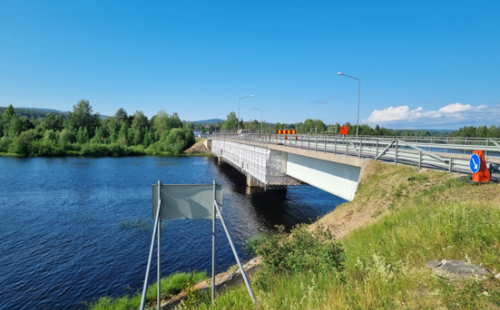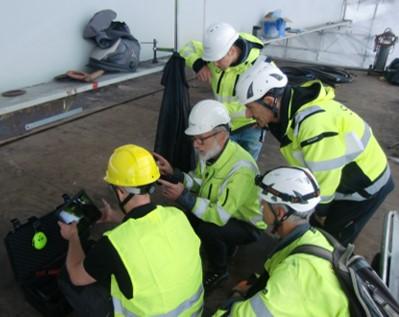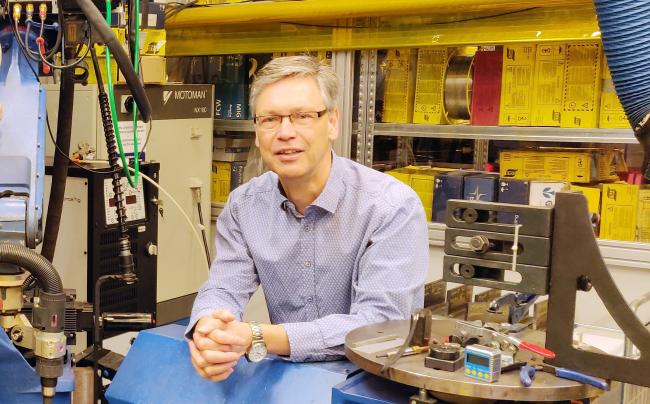Contact


The Technology Exists to Extend the Lifespan of Bridges
How should the knowledge be disseminated and maintained?
Through successful trials, there is now knowledge on how to effectively extend the lifespan of bridges by applying new welding post-treatment methods. However, there is a lack of professional skills to perform the work. Joakim Hedegård from Swerim is among those searching for ways to train "life extenders" for bridges.

"50 to 60 percent of all bridges in the Western world are approaching the end of their technical lifespan. Societal resources are limited, but there are significant needs in our infrastructure. So now we need to find smart solutions, for example, to extend the life of our steel bridges. And I believe we have found such a smart solution in the research projects LIFEEXT and LIFEEXT2."
The projects explored the possibilities of extending the life of steel bridges through weld post-treatment and repair methods, such as High Frequency Mechanical Impact (HFMI). The results have been extraordinary, extremely positive.
Lack of Principal and Funding
The basic research to show and verify the potential is done; now it is about disseminating results and implementing to enable the societal benefits.
"In the final phase of LIFEEXT 2, we conducted a pilot training of HFMI-operators. Teachers and students from the welding program at Fredrika Bremer High School in Haninge participated. It turned out that the training we developed was a perfect fit for the teachers, while the students felt it was too theoretical. Starting with training the trainers is, of course, the right approach – and we have the appropriate course ready for that. But there are challenges to address; at the high school level, the curriculum needs to be changed, or should it instead be offered as a post-secondary supplementary course? And the fundamental questions… who will be responsible for the training, and how should it be funded? The scope is not large in terms of time; it involves approximately 2–3 days of proper training and a few more days of self-practice before making an operator’s test."

Project leader Joakim Hedegård admits some frustration with the current phase of/after the LIFEEXT2 project.
"We have demonstrated what the techniques are capable of. The end of the technical lifespan of bridges is approaching not only in Sweden but also in many parts of the world, and it would yield significant societal benefits if we could extend the life of (suited) bridges instead of taking the full cost of building new. I am looking for opportunities to disseminate the knowledge we have developed to welding schools so they can train students in HFMI – so the technique can begin to be used on bridges more extensively. But so far, I have not found an effective way to achieve this. We would probably need SEK 400,000–500,000 and a one-year project for knowledge dissemination in collaboration with the Swedish Welding Commission to develop education material and distribute and initiate it effectively in welding schools across the country."
Fact Box
LIFEEXT and LIFEEXT2 are two large collaborative projects coordinated by the metals research institute Swerim. Other participants included the Swedish Transport Administration TRV, Chalmers University of Technology, KTH Royal Institute of Technology, the Swedish Welding Commission, Dekra, HiFit Scandinavia, Winteria, and Ramböll. Close collaboration was also held with Svevia and Timrå Rostfria in connection to the large bridge renovation project associated with LIFEEXT2.
The projects, which ran 3+2.5 years, were funded by Vinnova and InfraSweden2030, and participating companies.
Photos
Photo 1: The bridge in Stöde
Photo 2: Bild 2: Discusses results with TRV.
Photo 3: Joakim Hedegård, project coordinator, Swerim
